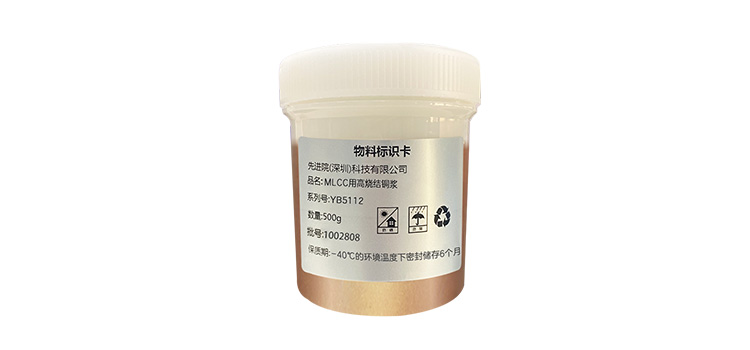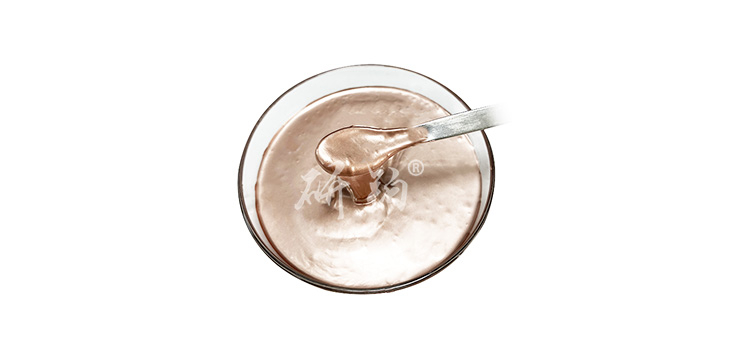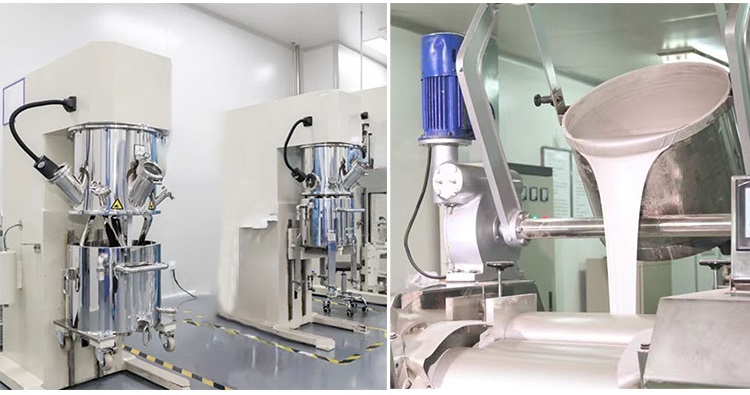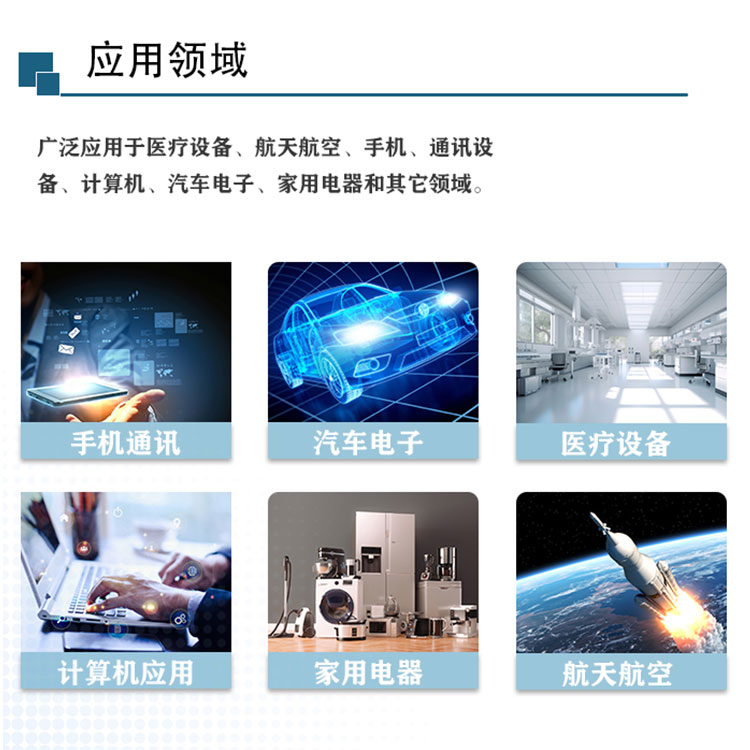MLCC uses high-purity copper powder as the conductive medium, combined with a specially designed resin matrix and functional additives, and is made through fine dispersion and grinding processes using high temperature sintered copper paste. This product is designed specifically for the manufacturing of internal electrodes and external terminals of MLCC, and can maintain stable conductivity and mechanical strength during high-temperature sintering process.

Product characteristics
- High conductivity:
- High purity copper powder ensures that copper paste has extremely low electrical resistivity and provides excellent conductivity.
- Suitable for manufacturing internal electrodes and external terminals of MLCC, meeting high conductivity requirements.
- Strong adhesion:
- The specially designed resin matrix forms a strong bond with the ceramic medium, ensuring stable adhesion of the copper paste on the substrate.
- Improve the reliability and stability of MLCC products.
- High temperature resistance:
- High temperature sintered copper paste remains stable during the high-temperature sintering process and will not affect its conductivity and mechanical strength due to temperature changes.
- Suitable for high-temperature sintering process, meeting the high-temperature requirements of MLCC manufacturing.
- Sintering stability:
- High fever copper paste has excellent stability during sintering, without defects such as bubbles and cracks.
- Ensure the quality and high reliability of MLCC products.
- Environmentally friendly and pollution-free:
- The product meets environmental standards, and there is no harmful gas release during the production process, making it environmentally friendly.
- MLCC manufacturing suitable for green manufacturing and sustainable development requirements.

application area
- MLCC manufacturing:
- Used for the manufacturing of internal electrodes in MLCC, providing stable conductivity and reliable adhesion.
- Used for the manufacturing of MLCC external terminals to ensure good connection between terminals and leads.
- Electronic components:
- Used for conductive connections of other electronic components, such as resistors, capacitors, inductors, etc.
- Automotive Electronics:
- Used for conductive connections in automotive electronic products, meeting the high requirements of automotive electronics for conductive materials.
- Industrial control:
- Used for conductive connections in industrial control equipment and instruments, providing stable conductivity.
workshop show










